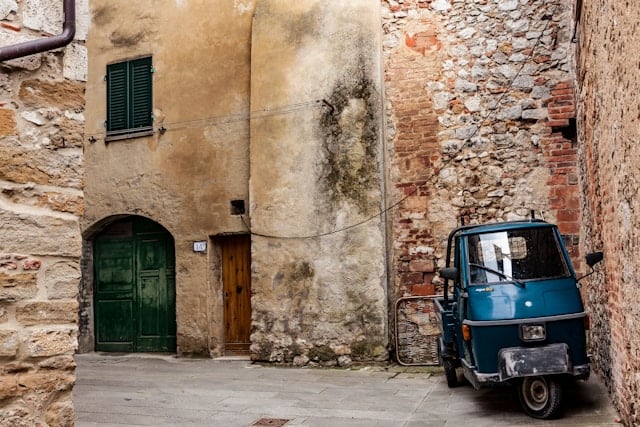Question: ‘I am extremely interested in the (theoretical) digital nomad visa that was approved earlier this year. I’m wondering what the current status is and what you might know about how the new election will affect the eventual availability of this visa?’
After Italy’s digital nomad visa was enacted into law at the end of March, the implementing decree setting out how exactly it would work should have been released within the following 30 days.
But we’re now midway through October and no such decree has been passed, which means no digital nomad visa – yet. So what happened to it?
The Italian Foreign Ministry, Labour Ministry and Interior Ministry all have to weigh in and sign off on the implementing decree, and the fact that it wasn’t released within the 30-day deadline likely means they weren’t able to find common ground, notes Pietro Derossi, an immigration lawyer at Lexia Avvocati.
And they’re unlikely to do so any time in the near future, thanks to the unexpected collapse of the government over the summer and Italy’s subsequent snap elections in September.
READ ALSO: Remote workers: What are your visa options when moving to Italy?
While those elections did result in a clear winner in the hard-right coalition led by Giorgia Meloni’s Brothers of Italy party, the new government is still being formed – a process which will take several more weeks at least.
Once the government is sworn in, it will have several urgent issues to focus on, including presenting next year’s draft budget to the EU for approval (in a normal year, the deadline for this is mid-October), and addressing Italy’s cost of living and energy crises.
All of this means the digital nomad visa is unlikely to be at the top of the new government’s agenda.
Then there’s the question of what view the next executive will take of the planned permit. The visa was proposed by MPs from the populist Five Star Movement, which is no longer in power, and approved by a broadly centrist coalition government with a very different set of priorities to that of Italy’s incoming leaders.
The Five Star MP backing the visa scheme, Luca Carabetta, was not re-elected to Italy’s new parliament and it’s unclear if others will push the scheme forward on his behalf.
READ ALSO: The five biggest challenges facing Italy’s new hard-right government
On the one hand, incoming prime minister Giorgia Meloni is staunchly anti-immigration (though focuses almost all her anti-migrant rhetoric on ‘illegal immigrants’ and asylum seekers) and is an impassioned promoter of nativist policies, who has accused previous administrations of trying to “replace” the Italian population with foreigners.
While Meloni has not criticised the digital nomad visa specifically, it’s reasonable to suspect she might not be the biggest champion of a scheme promising to make it easier for non-Italians to move to the country.
But at the same time, any government has to reckon with the fact that Italy is suffering from a brain drain and a steady population decline, combined with an increasingly ageing populace that needs supporting by an active workforce. Those behind the digital nomad visa suggest it could be one answer to this problem.
Exactly when we can expect an update on the visa’s progress, and what it might look like when finalised, is still unclear at this stage. Based on the current political situation, it will likely take several more months to be resolved – at the very least.
As Derossi writes: “The number of people who are enchanted by the possibility of pursuing the Italian dream while keeping their job is probably big. A lot is at stake, and we can expect only a very united set of ministers to be capable of finding an agreement on how to give birth to this new revolutionary type of visa.”



 Please whitelist us to continue reading.
Please whitelist us to continue reading.
Member comments